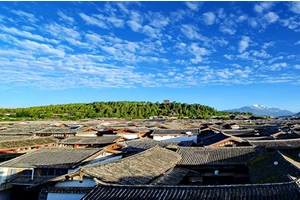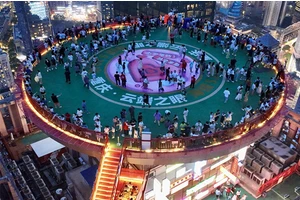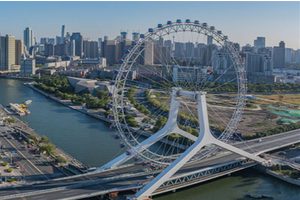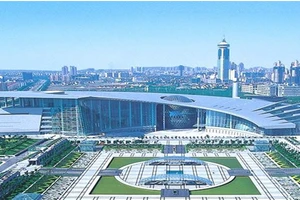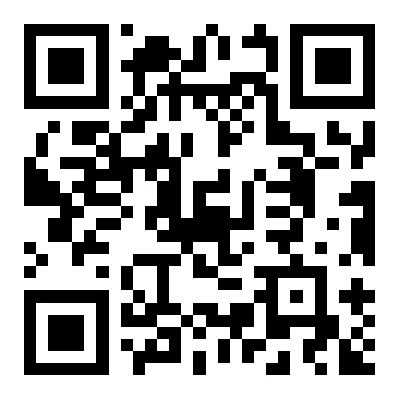Tourism planning process
First of all, the collection of environmental information is the basis of tourism planning. Including the analysis of tourist source market, the status of tourism resources, accessible humanity and the tourism development in surrounding areas.
Secondly, on the basis of collecting and processing information, tourism planners use the experience of repeated practice to introduce the experience of others and find some market opportunities. After further analysis of market opportunities, a series of premises are extracted from opportunities and information, and a series of assumptions are generated from experience. This series of premises and assumptions gradually converge, arrange and combine, forming the outline of the project. The outline of the project is like a rough blank, which needs further processing and improvement.
Thirdly, after further excavation, the outline of the project gradually became clear and concrete, forming the product concept of tourism planning. Product concept is a well-elaborated concept expressed in meaningful consumption terms. Product concept is the foothold and the most essential thing of planning. Theme planning is the soul of successful planning. Only by further refining and sublimating the product concept into a visual, dramatic and even dramatic theme can it be attractive and appealing to consumers.
Not all tourism planning has the product concept first, then the theme, but some start with the theme and then produce a series of ideas, and then develop into product concepts and specific ideas. A tourist area begins with theme planning. Imagination is very important at this stage. When the specific idea is completed, it is necessary to analyze the support and guarantee system for project implementation, such as funds, infrastructure, management and so on. On this basis, under the guidance of "priority should be given to the light and heavy, priority should be given to the urgent", the idea will be turned into a concrete plan through screening and sorting, so that the planned project will have a specific distribution in time and space, that is, the specific implementation strategy of the project will be formed in the mind of the tourism planner. This is the threshold for planning projects to be realistic and put into practice.
The next step is to prepare the feasibility study report. In fact, from the planner's initial conception, the preparation of the feasibility report has begun, but it only existed in the planner's mind at that time. With the refinement of the concept, the feasibility report also took shape and the content was gradually enriched, until it finally became a project feasibility study report. When the feasibility report of the project is completed, it needs to be submitted to the tourism authorities for review, and then further improved according to the information feedback from the review to make the tourism planning scheme more feasible. So you can draw up a formal plan. A planning book is a "design drawing" or "script" on which a planned project can be promoted and implemented. Therefore, a good planning book should not only have rich and detailed contents, but also have vivid and attractive expressions, such as attaching some maps of tourism resources, time and space layout of the project, and tourist market. Planning is not planning for planning's sake, but to make the planned project be implemented and achieve the expected results.
Therefore, if planning only stays at the stage of planning book, then it is just a decoration for people to watch and has no practical significance. Good tourism planning requires traders to be able to put it into practice. It is not enough for a planning sheet to have outstanding creativity, and its effectiveness is ultimately reflected in its implementation. Therefore, after the plan is completed, to successfully implement the plan, it is necessary to gain the approval of investors, the support of the government, and the cooperation and assistance of relevant departments and strata through the persuasiveness of the planner. This stage also mainly depends on the persuasiveness of the planner.
In order to successfully carry out tourism planning, we must first fully understand and grasp the steps of tourism planning and work according to the procedures.
Tourism planning involves a wide range, and Mingzhi tourism planning can be briefly divided into the following four stages.
The first stage:
First of all, determine the scope of tourism planning objects and make clear the theme. On the basis of full investigation and study, choose an object with clear theme, important significance and reality, and then carry out tourism planning. Unclear scope and unclear theme, just like a car driving without a steering wheel, planning will go astray or even give up all previous efforts.
The second stage:
Concentrate collective wisdom, find planning clues, sort out complicated ideas to produce ideas, and carefully conceive tourism planning schemes.
The third stage:
Draw up the ideas in the tourism planning scheme into a systematic planning book (proposal book). In the process of drafting, we can revise the contents of the tourism planning book, evaluate its implementation methods and make appropriate choices and trade-offs.
The fourth stage:
Put forward the tourism planning scheme and strive for the opportunity to put it into practice. Specifically, it is time to test the results, and make amendments and improvements to the improper points, and at the same time serve as a reference for the new planning scheme in the future.
The above four stages include the whole process of the formation, realization and completion of the tourism planning scheme. Tourism planners should carry out tourism planning in an orderly manner.


